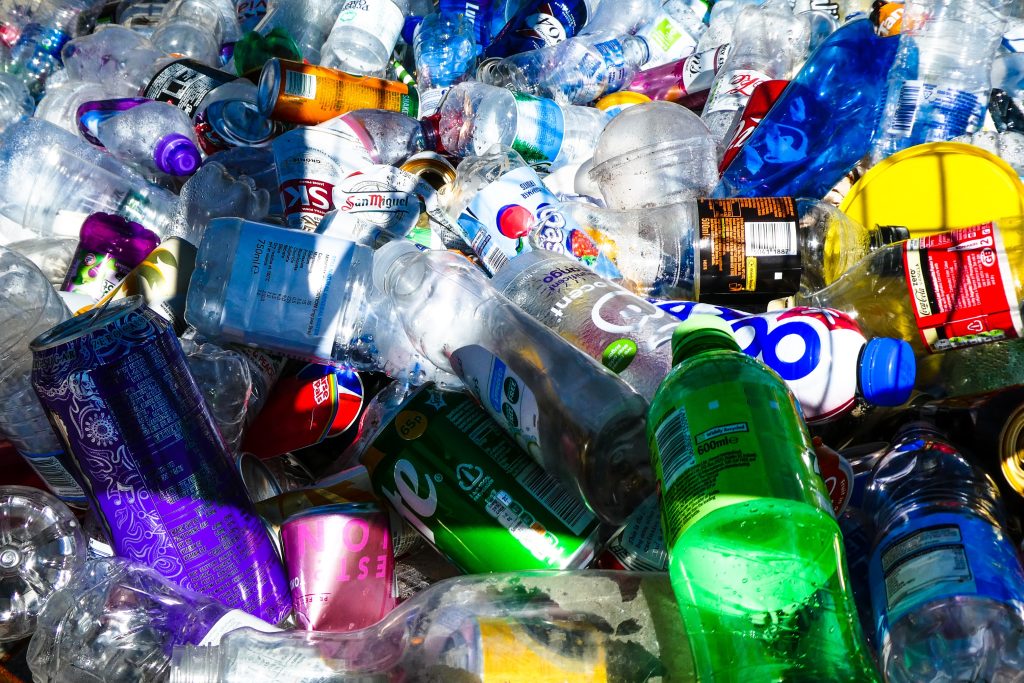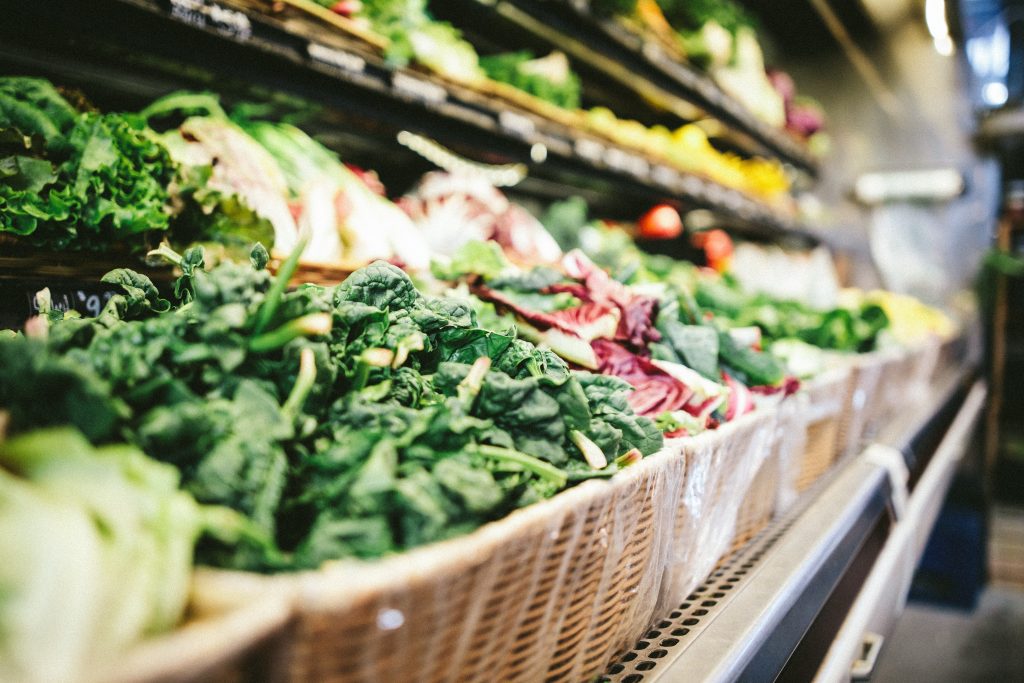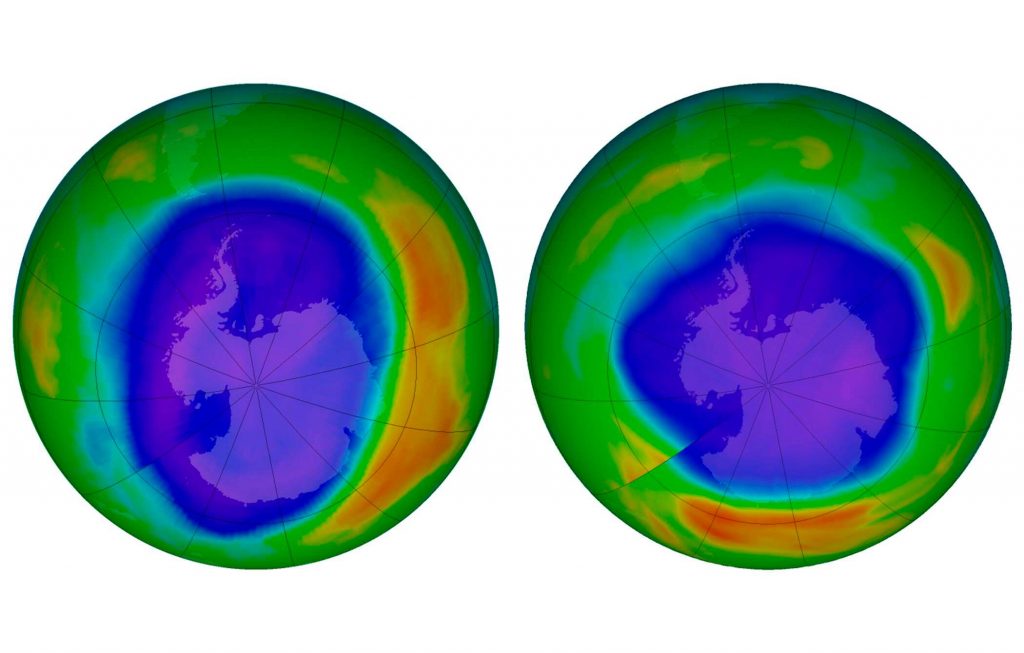Environmental Psychology: The Dilemma In Developing Countries

Environmental psychology is an interdisciplinary field that explores the dynamic relationship between people and their surroundings. It examines how physical environments—both natural and built—affect human behavior, emotions, and well-being, while also considering how our actions shape and alter our environments. This field of study bridges psychology, architecture, urban planning, and environmental science, offering insights into […]
Sustainable Building Materials for Eco-Friendly Home Renovation

When it comes to home renovation, choosing sustainable building materials isn’t just a trend; it’s a responsible choice that can significantly reduce your environmental impact. Whether you’re planning a small upgrade or a major remodel, integrating eco-friendly materials into your project is a step towards a more sustainable and energy-efficient home. In this article, we’ll […]
Plastic Waste: 10 Effective Ways To Reduce It In Your Kitchen

Plastic waste has become a pressing environmental concern, and one area where we can make a significant impact is in our kitchens. By adopting simple yet effective practices, we can reduce plastic use and contribute to a healthier planet. In this article, we’ll explore ten practical ways to reduce plastic waste in your kitchen. 1. […]
Zero Waste Grocery Shopping

Adopting a zero-waste lifestyle has become increasingly important in today’s society as environmental concerns grow. A fundamental component of this lifestyle is developing a zero-waste grocery shopping routine. You can reduce waste, save money, and contribute to a more sustainable future by making deliberate decisions and using simple tactics. This article will lead you through […]
How to keep the Environment Clean

“How to keep the environment clean” as a topic is nothing short of a necessity. It is common knowledge that unclean and filthy surroundings can breed disease-causing microorganisms galore. However, we all seemed to have learned to turn deaf ears to anyone who mentions cleanliness out of sheer hopelessness. A wise man once said, “Cleanliness […]
The Ozone layer

Ever heard of the Ozone layer and how we constantly contribute to its depletion? The first time I learned about the Ozone layer, I was in elementary class and I found it interesting. I remember talking to my dad and siblings about it then. Now, let me explain what it means and how we deplete […]
Nigeria And Carbon Credit

The next few years will be important in the development of Nigeria and Carbon Credit. Due to the increased number of large industries, combustible fossil fuels such as coal, power plant gas, oil, vehicles in Nigeria, the emission of carbon dioxide and other greenhouse gases has become alarming. Carbon dioxide is a harmful gas to […]
Why Ventilation is essential

Have you ever wondered why ventilation is essential? Ventilation is the provision and circulation of fresh air across a room. It is a process that either supplies air into space or removes air from space by natural or mechanical means. Considering that our lives depend on the intake of air. The quality of the air […]
Green Bond Project in Lagos

The Green Bond project in Lagos is set to begin. A Green bond is a type of fixed income instrument. Governments, banks, municipalities, and corporations use green bonds to raise money for new or existing climate and environmental projects. They are aimed at encouraging sustainability and supporting climate and the environment. Recently, the Lagos State […]
Roadside Parking in Lagos
Roadside parking has become one of the major cause of gridlock on the streets of Lagos. Lagos is the most populous city in Nigeria and the biggest city in Africa. Land is a treasure-trove in Lagos because the city is surrounded by bodies of water. So, anybody that has a space wants to maximize its […]
